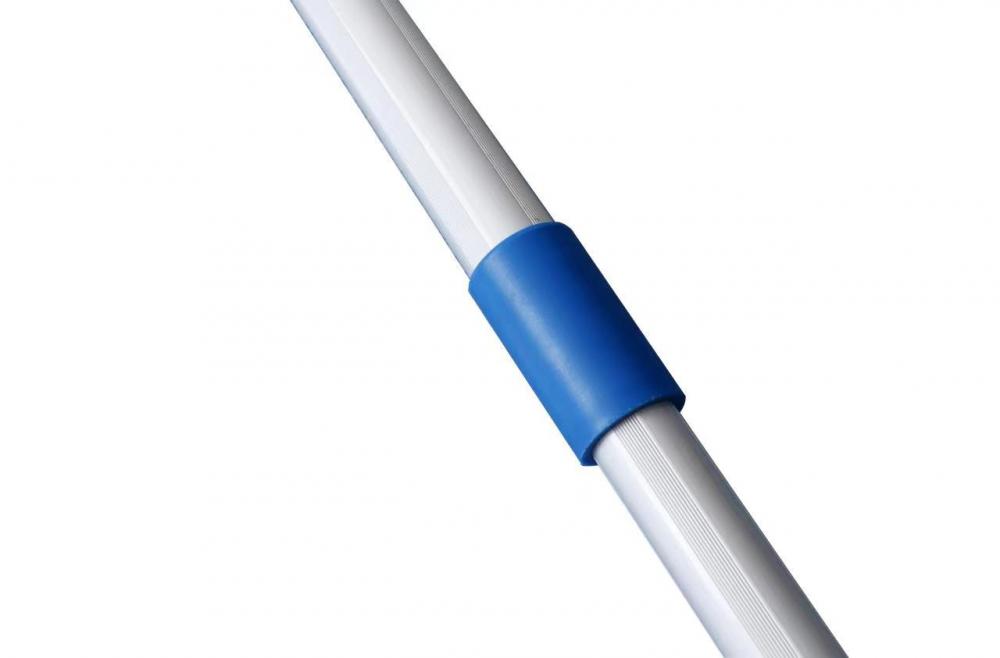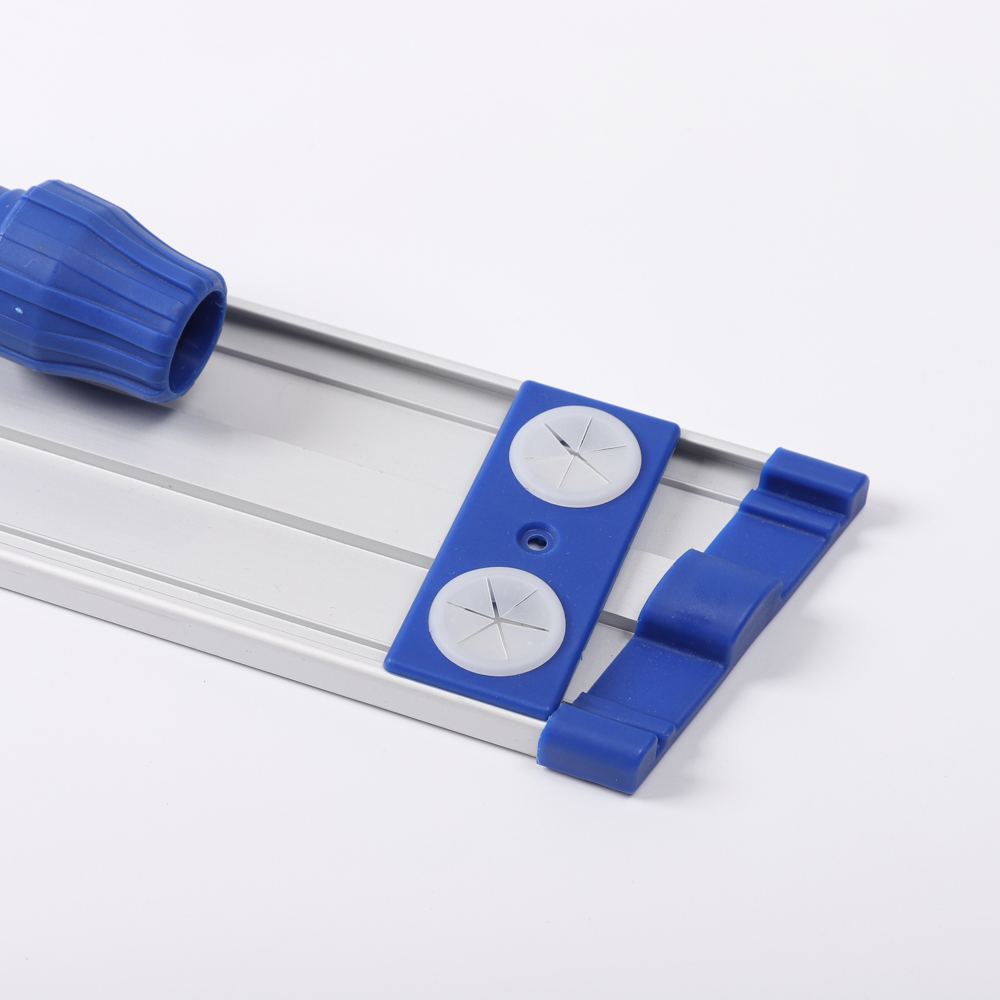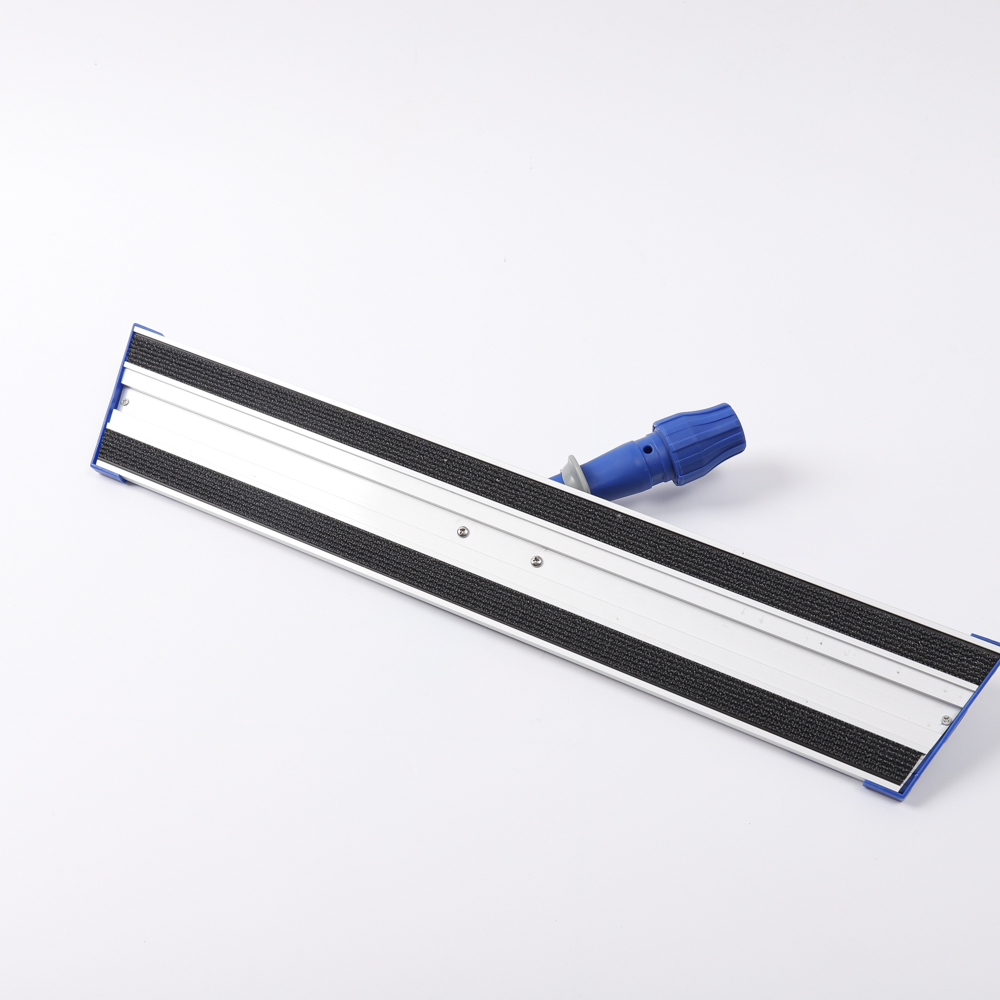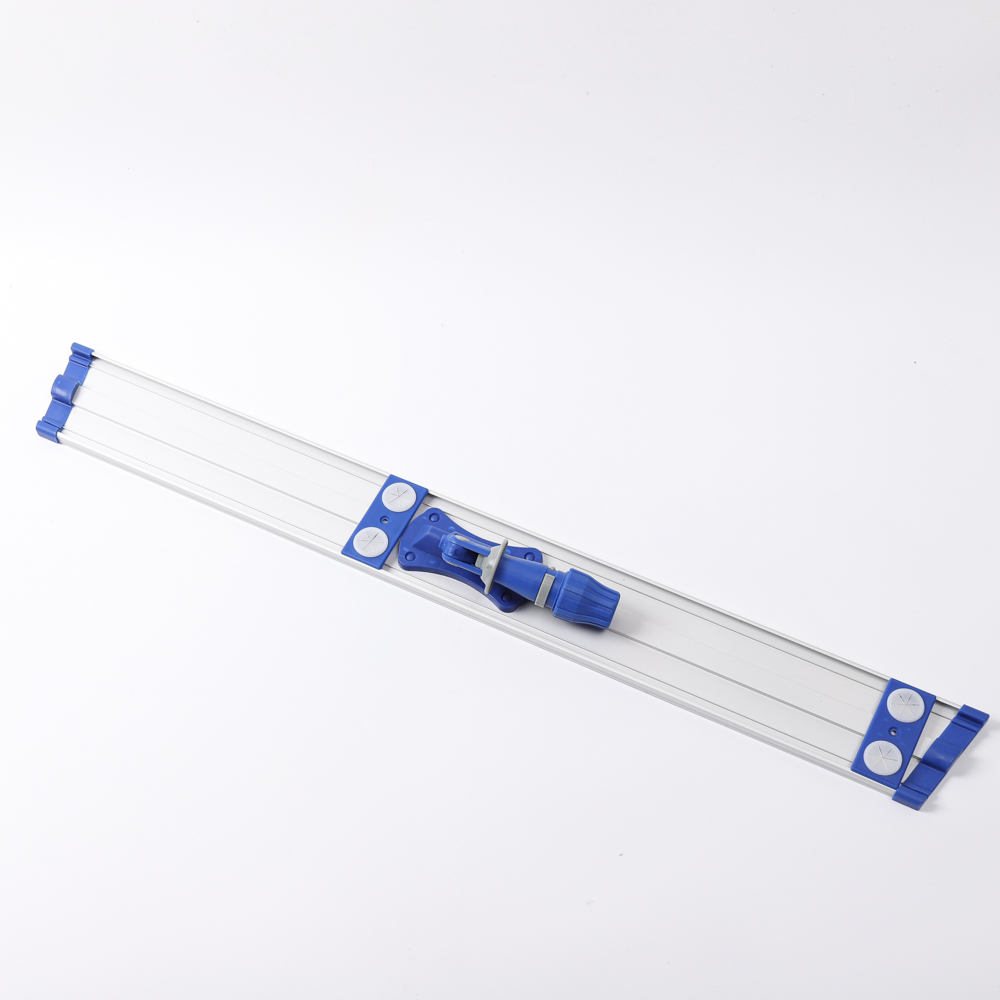☆Over recovery
During and after the movement of the human body, various physiological functions and energy substances gradually return to pre-exercise levels, or even exceed the original levels. The whole recovery process is divided into three stages, namely, the recovery stage during exercise, and it returns to the level before exercise and the recovery stage after exercise.
The first stage: the consumption of exercise is greater than the recovery, and the overall body level is reduced
The second stage: the movement stops, the consumption stops, and the body returns to the pre-exercise level
The third stage: The energy substances consumed during exercise and the functional status of various organ systems not only returned to their original levels during this time, but also exceeded their original levels. This phenomenon is called over-recovery.
After the excess recovery is maintained for a period of time, it will return to its original level. The extent and time of over-recovery are closely related to the exercise load. Within a certain range, the greater the amount of muscle activity, the more intense the consumption process and the more obvious the recovery of excess. If the amount of activity exceeds the physiological range, the recovery process will be prolonged. The overweight recovery phase is the best time for the next workout. Muscle strength will increase on this basis. If the function is not recovered and fatigue is not yet eliminated, the next exercise will cause fatigue to build up, and the force cannot be increased or decreased. With this principle, athletes participate in training or competition during the over-recovery phase, which can improve training results and competition results. Over recovery usually takes 1-2 days, so it is recommended that each muscle group practice once every other day.
It is worth noting that excess recovery is the process of overcompensation and storage of energy substances such as ATP, CP, muscle glycogen, and proteins, and the “disappearance of muscle soreness†is just the process by which lactic acid is converted into part of glycogen. Visible, "the disappearance of muscle pain" does not mean that the recovery of excess, so it can not be used as a standard for full recovery. Finally, it should be noted that over-recovery is based on two foundations: adequate nutrition and adequate sleep. After the muscles are overloaded, nutrition such as carbohydrates and protein is the material basis for over-recovery. Full sleep can effectively restore energy. More importantly, the synthesis and regeneration of most of the energy substances are basically carried out during sleep.
Â
Â
Â
☆ Exercise frequency
It is a matter of great concern that the time interval of strength training can ensure that the acquired power does not subside, and that power can be effectively increased. In strength training, the arrangement of the number of exercises and the frequency of training is influenced by factors such as the purpose of training, the form of exercise, and the physical training level of the practitioner. Exercise frequency refers to how much time each muscle group exercises. The frequency of strength training should meet the requirements of the law of force growth. The next strength training should be arranged as far as possible during the peak period of muscle strength growth caused by the previous training. The frequency of strength training is too high, and the decline in muscle function caused by the previous training has not yet been effectively restored. Continuing training at this time is prone to cause fatigue accumulation and excessive training; while the frequency of strength training is too low, the increase in muscle strength caused by the previous training has subsided. At this time, training is again difficult to achieve good results.
For the first time participating in sports training, the effect of the next day training is better than the daily training. For beginners who perform daily strength training, their strength can be increased by 47% after 10 training sessions. For those who perform the same day training with the same training load, after 10 training sessions, the strength increases by 77.6%.
The length of the training interval has different effects on the speed of force retreat. The subjects were given strength training every day. After 20 weeks, the strength was increased by 100%. Then the exercise was stopped. After 30 weeks, the strength faded to the original level. If the strength training was conducted for 45 weeks and the training was performed once a week, the increase in strength could only be achieved. 70%, but the power fades slowly. After 70 weeks, the force remains at a high level. In addition, studies have also shown that if muscle strength is increased through strength training, strength training can be greatly delayed if strength training is performed every six weeks; if strength training is conducted every two weeks, the acquired strength can be maintained. .
The principle of reasonable training interval is a basic principle of strength training. It is to seek the appropriate interval between two trainings so that the next strength training will be performed within the over recovery period of the last training, so that the effect of sports training can be accumulated. The next training interval has a close relationship with training intensity and training volume. The greater the training intensity and training volume, the longer the interval time should be. Normally, a smaller amount of strength training will appear to recover excessively the next day, medium-strength strength training should be performed every other day, and high-intensity exhaustive training should be performed once or twice a week.
It is worth proposing that, when the quantitative load is completed, those with higher training levels have an earlier time for over-recovery, and the over-recovery range is small, and the training interval should be short. However, after the same exhaustion training, the high level of absolute load should be completed, so the recovery of its excess occurs later, the recovery of excess is greater, the duration is longer, and the training interval should be slightly longer.
Â
Â
Â
☆ Arrangements for class plans and weekly plans
The human body as a whole, a healthy and reasonable fitness program should include muscle exercises in various parts of the body. When your exercise plan includes more than one muscle group exercise, you need to consider the schedule of one class and week.
A combination of strength training exercises in a class or a week can use decomposition exercises. That is, the first day of the training class exercises some of the muscle groups, the next day they practice other muscle groups, and repeats every other day. In this way, it can be guaranteed that each muscle group can practice at least 3 times a week, and each muscle group can also get enough rest.
How many times a week to exercise? How long each time? Two to four times a week, every 20 minutes to 45 minutes. If you are twice a week, you can do full-body strength training twice. If you are more than twice a week, it is recommended to use a partial plan. Because after each exercise part of a body, it is best to have at least 48 hours of recovery time, this time is the body to rebuild the gain time, not suitable for overtraining
After the muscles of a class are determined, the training can be arranged in the order of the largest and the smallest, that is, the large muscle groups are practiced first and then the small muscle groups are practiced. Specific to the site is: first practice the back and chest muscles, and then practice shoulder and arm muscles; first exercise hip muscles, and then practice thigh and calf muscles. As for the large muscle groups, there is no strict order. You can train your back muscles and pectoral muscles. Alternatively, you can alternate. As for abdominal muscles, you can practice at any time. Pay attention to the timely adjustment of exercise prescriptions. Through one stage of exercise, the strength of muscles has been improved. According to the principle of progressive resistance, exercise prescriptions should be adjusted in time. Otherwise, the weight of the load will be relatively small, the magnitude of muscle strength will decrease, or stagnation will not occur. before.
In general, weight-bearing exercises such as weightlifting are the main purpose of the development of maximum muscle strength, the exercise intensity should be large enough, generally close to or reach the muscle's maximum load capacity, the number of practice groups at least not less than 3 times, the training frequency can be appropriately reduced, 1-2 times a week. For sports such as bodybuilding with the main purpose of developing muscle volume lines and explosive force, the exercise intensity should be appropriately reduced, but the number and frequency of contact groups should be increased accordingly; the main purpose of developing muscle endurance and raising the level of internal organs is its movement. The intensity is lower, the number of exercises is correspondingly more, and the frequency of practice can also be increased. The size of the athlete's load and physical recovery are the main basis for determining the frequency of training.
Â
Â
Â
☆ How does strength training change muscles?
Strength can improve work and exercise ability. Strength training can put pressure on bones and reduce the risk of osteoporosis. Strength training can also make your muscles grow and make your body shape more perfect to a certain extent. Muscle cells (also known as muscle fibers) are the basic structural and functional units of muscle. Many muscle fibers compose muscles according to a certain arrangement.
The basic principle of strength training is to stimulate the principle of reaction. Under the repeated stimulation of weight, various changes and reactions are inevitable in the body. First, the frequency and intensity of nerve impulses emanating from the central nervous system. As the frequency and intensity of stimuli increase, more and more sports units are gradually mobilized to participate in exercise, and muscle strength also increases. When the intensity of the stimuli is optimal, the whole unit of muscles is excited and it shows the greatest strength of the muscle. Second, the active unit of motion. The nerve is not slightly transmitted to the muscle fiber by chemical mediators. The greater the intensity of nerve impulses, the more chemical substance B is released and the more it is released, the more muscle fibers that are activated to participate in contraction, the greater the power of expression. Third, the synchronization of nerve impulses. Each sport unit has different excitability. When several impulses arrive at the same time, the muscle fibers produce a consistent contraction, which is the maximum strength of the muscle. Fourth, the contractility of a single muscle fiber. The strength of muscle fiber contraction depends mainly on the increase of energy (muscle glycogen) reserves and contractile protein content in the muscle fibers. The content of two substances in the rough muscle fiber is high, and thus the contraction is stronger. Fifth, the improvement of coordination between the various nerve centers. The rapid and powerful contraction of the active muscles and the synergistic muscles, and timely and adequate relaxation of the antagonistic muscles, can greatly increase the efficiency of muscle contraction.
Muscle growth is a common muscular morphological change caused by strength training. Exercise physiology studies have shown that muscle strength caused by strength training is mainly a result of thickening of muscle fibers and increased cross-sectional area, ie, results of muscle hypertrophy. The essence of muscle strength training is increased synthesis of muscle contractile proteins, thickening of sarcoplasmic reticulum and connective tissue, and capillary hyperplasia. The contents (myoglobin, CP, muscle glycogen) increased. The muscles of the human body consist of muscle fibers, and the number of muscle fibers is set in four to five months after birth and will not increase thereafter. To increase the muscles, the muscle fibers of the original muscles must be thickened through exercise. During the exercise process, the muscle fibers will be seriously damaged. At this time, we need to replenish a lot of protein to repair the damaged muscles. When the damaged muscle fibers are completely The muscles will get thicker after healing.
Secondly, muscle contains myoglobin, which is the place where oxygen is stored. After the muscles have undergone exercise, the amount of myoglobin increases greatly, so that the oxygen needed for muscle activity will be supplied repeatedly. Only 30-270 capillaries open per square millimeter of muscle cross section, and the others are all closed. Up to 2000-3000 capillaries are open during exercise. If after a long period of exercise, these open capillaries in the muscles will also greatly increase, coupled with thicker muscle fibers, which makes the muscles more plump.
MICROFIBER MOP FRAME AND MOP HANDLE can be classified as a cleaning tool for floors. The frame is made of durable plastic and the handle is made of lightweight aluminum. The mop head is made of high-quality microfiber material that is super absorbent and can easily pick up dirt and dust.
The main function of this product is to clean floors effectively and efficiently. The microfiber material is gentle on floors and can be used on a variety of surfaces including hardwood, tile, and laminate. The mop frame and handle are easy to assemble and use, making cleaning a quick and hassle-free task.
The advantages of using MICROFIBER MOP FRAME AND MOP HANDLE include its ability to clean floors thoroughly without leaving streaks or residue. The microfiber material is also machine washable, making it easy to clean and reuse. Additionally, the lightweight design of the handle makes it easy to maneuver and reach difficult areas.
In summary, MICROFIBER MOP FRAME AND MOP HANDLE is a high-quality cleaning tool that is designed to make cleaning floors easy and efficient. Its microfiber material, lightweight design, and easy-to-assemble features make it an ideal choice for anyone looking to clean their floors quickly and effectively.





Aluminium mop frame and mop handle,Mop holder,Quick-release mop handle,Replacement mop handle,Stainless steel mop frame
jiangsu qiyun cleaning knitting product co.,ltd , https://www.maleclean.com